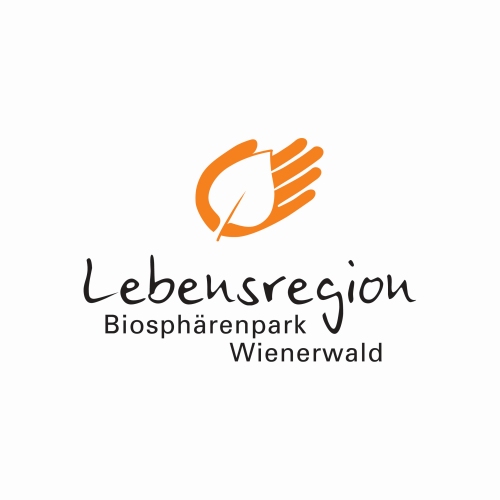Blick ins Dickicht (A look into the undergrowth)
The “Blick ins Dickicht” project is dedicated to the search for the smallest native dormouse – the hazel dormouse. Until now, only very little has been known about this rare small animal. In order to learn more about its way of life and also how best protect it in working forests, evidence of hazel dormice is being sought in the Wienerwald forest and in the Donauauen national park. There are many different ways to participate here.
Where are hazel dormice found?
The hazel dormouse (Muscardinus avellanarius) is a type of rodent that lives in shrubs and bushes in the mixed forests of Northern, Central and Eastern Europe. Particularly important to this species is the availability of fruit-producing hedge plants and wood, such as hazelnut, brambles, honeysuckle, blackthorn and wild cherry.
A hidden lifestyle
The small, nocturnal dormouse is an omnivore. It eats, for example, seeds, buds and berries, as well as insects, small boneless animals and bird eggs. They are active from April to October, but hibernate during the winter months in nests that they build on the ground, often hidden under uprooted trees. Here, the hazel dormouse rolls into a ball and lowers its body temperature, heart rate and metabolism to a minimum.
Females have a litter of up to five once or twice a year and nurse them for around a month.
Hazel dormice are notably good climbers and are rarely on the ground during their active months.
Threats and protection
The hazel dormouse is protected in accordance with Annexe IV of the Fauna-Flora Habitat (FFH) guideline and is therefore among the most strictly protected species across Europe. The main cause of danger is loss of habitat and habitat fragmentation.
What are the goals of this project?
Due to the protection status according to Annexe IV of the FFH guideline, there is a reporting obligation in accordance with Article 17 of the FFH guideline. Despite this, Austria does not have any systematic categorisation and little is still known about the current state of the hazel dormouse. The goal of this project is therefore to improve the information base on the distribution, reproduction and population variations among dormice. Furthermore, the data that is gathered will also serve to coordinate management plans and silvicultural measures with considerations for the protection and growth of hazel dormouse populations.
How can I take part?
Opportunities for participation range from looking for traces of feeding on nuts to building and installing tracking tunnels to monitoring nesting boxes and thereby taking part in long-term monitoring of selected investigation areas of the Österreichischen Bundesforste in the Wienerwald Biosphere Reserve and National Park Donauauen.
Looking for traces of feeding on nuts
In autumn, you can find bitten seeds, from hazelnuts for example, under bushes and on the edge of forests. Traces of feeding left by dormice are very characteristic and therefore easy to identify. This method is thus ideally suited to providing evidence of the presence of hazel dormice, which is still unknown.
Building and installing tracking tunnels
These tracking tunnels, which are also easy for children to make, are installed in suitable places between ground level and chest height. Attracted by the bait, like some peanut butter, small animals such as hazel dormice will venture inside. Because the bait is placed on a mixture of cooking oil and activated charcoal, when leaving the tunnel, the animals will leave visible footprints on the paper strips. The footprints can then be used as proof.
Participating as a nesting box monitor
Nesting boxes that hazel dormice can use to build their nests will be installed in locations selected in advance by the project managers in the areas being investigated in Wienerwald Biosphere Reserve and National Park Donau-Auen. These nesting boxes will be observed by citizen scientists from April to October, during which time they will be checked in two-month intervals and inspected to see if there is a hazel dormouse inside.
Project management
Project manager for Wienerwald and Burgenland: Dr Claudia Kubista
Wienerwald Forest Management Unit
Pummergasse 10-12
3002 Purkersdorf
Phone: +43 (0)2231 63341-7173
Mobile: +43 (0)664 618 90 40
This email address is being protected from spambots. You need JavaScript enabled to view it.
Project manager for Donau-Auen project area: Birgit Rotter
National Park Donau-Auen
Schloss Eckartsau
2305 Eckartsau
Mobile: +43 (0)664 618 89 36
This email address is being protected from spambots. You need JavaScript enabled to view it.
Partner
Österreichische Bundesforste, Forstbetrieb Wienerwald
Biosphärenpark Wienerwald Management
Österreichische Bundesforste, Nationalparkbetrieb Donau-Auen
- animals




